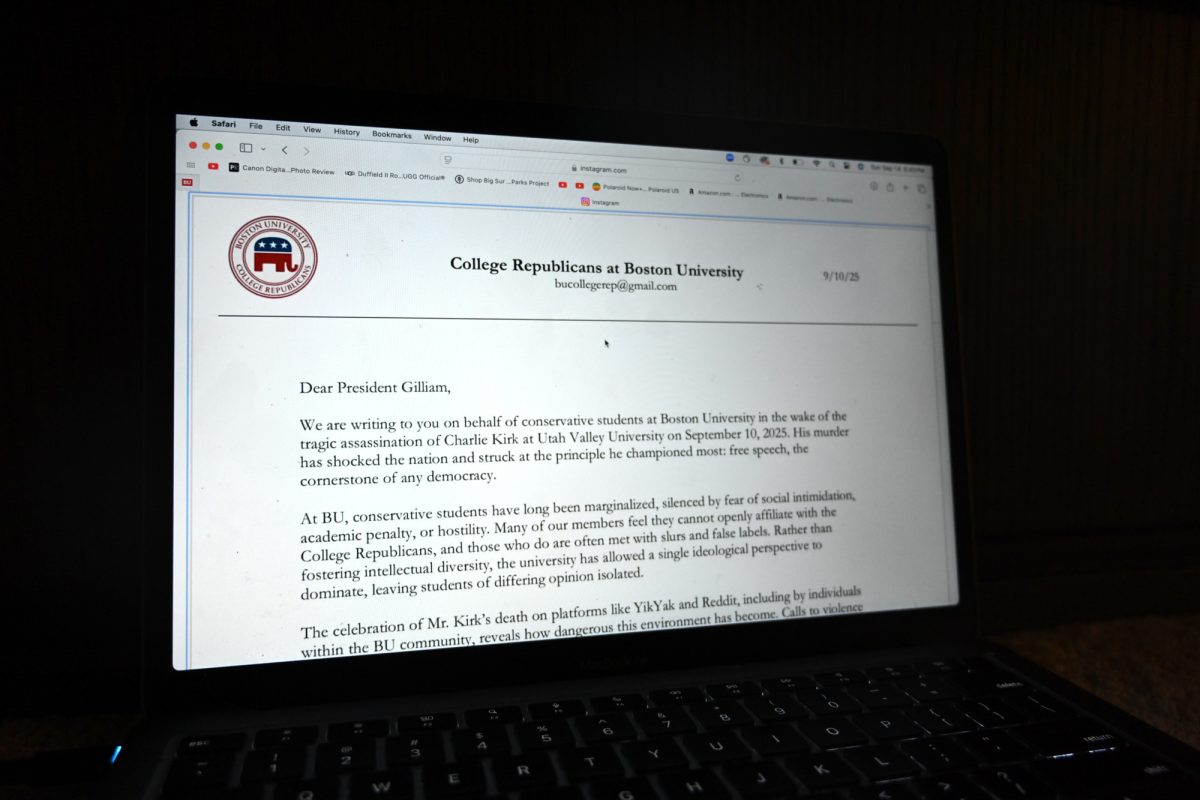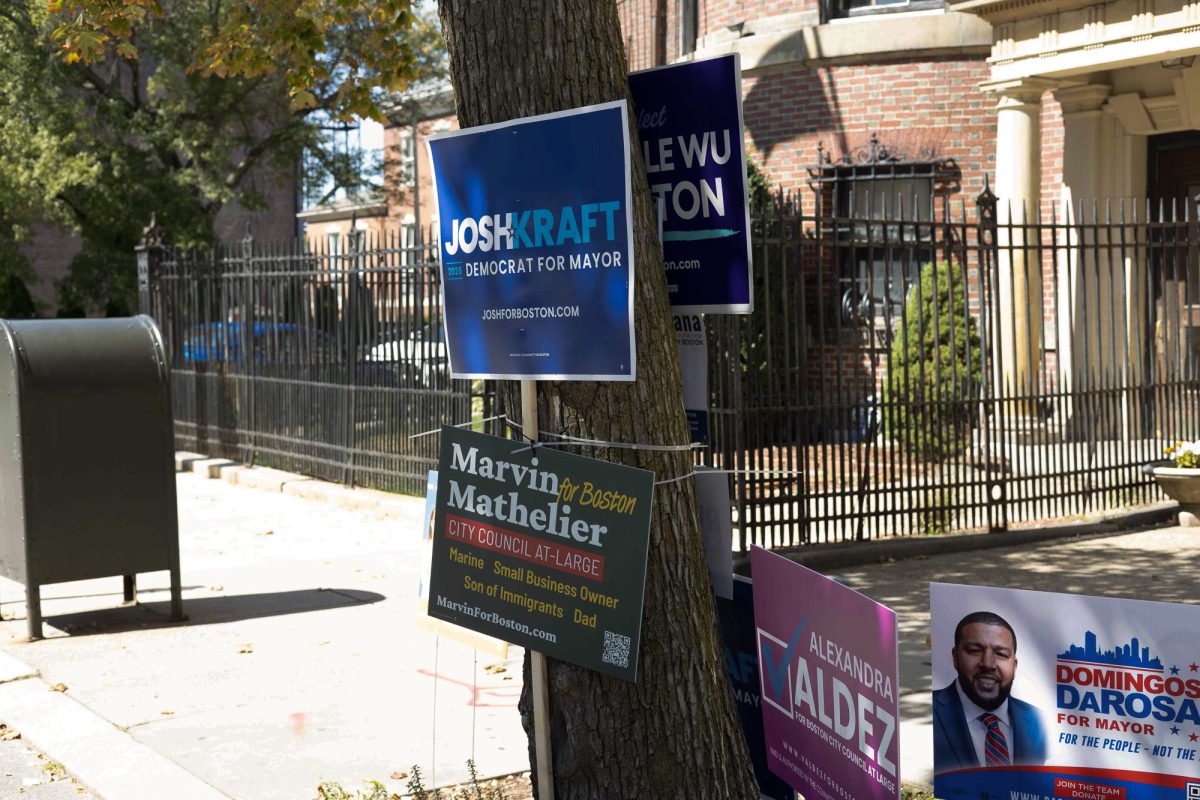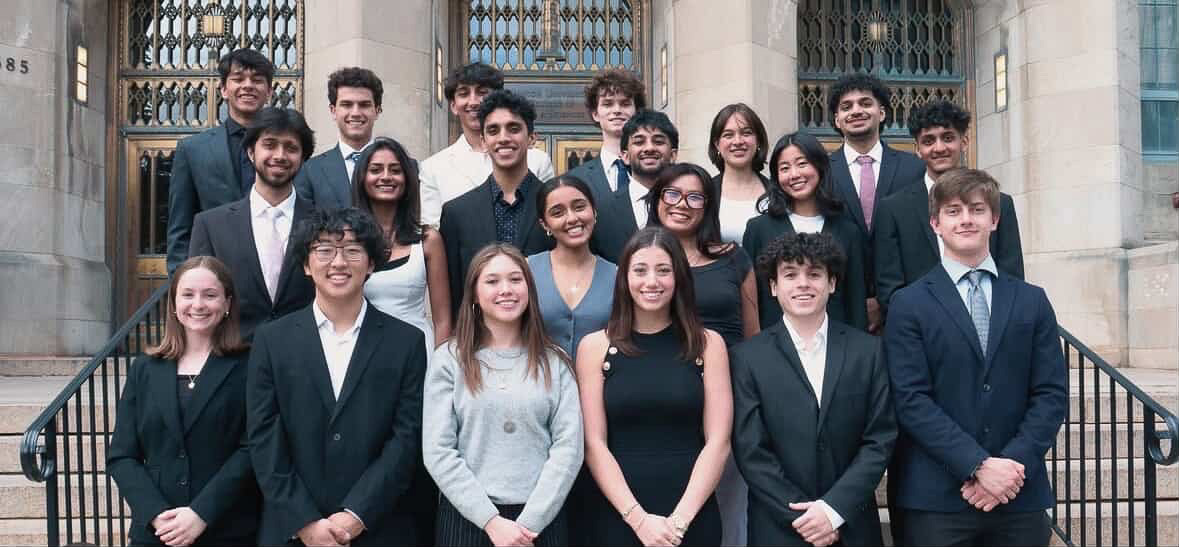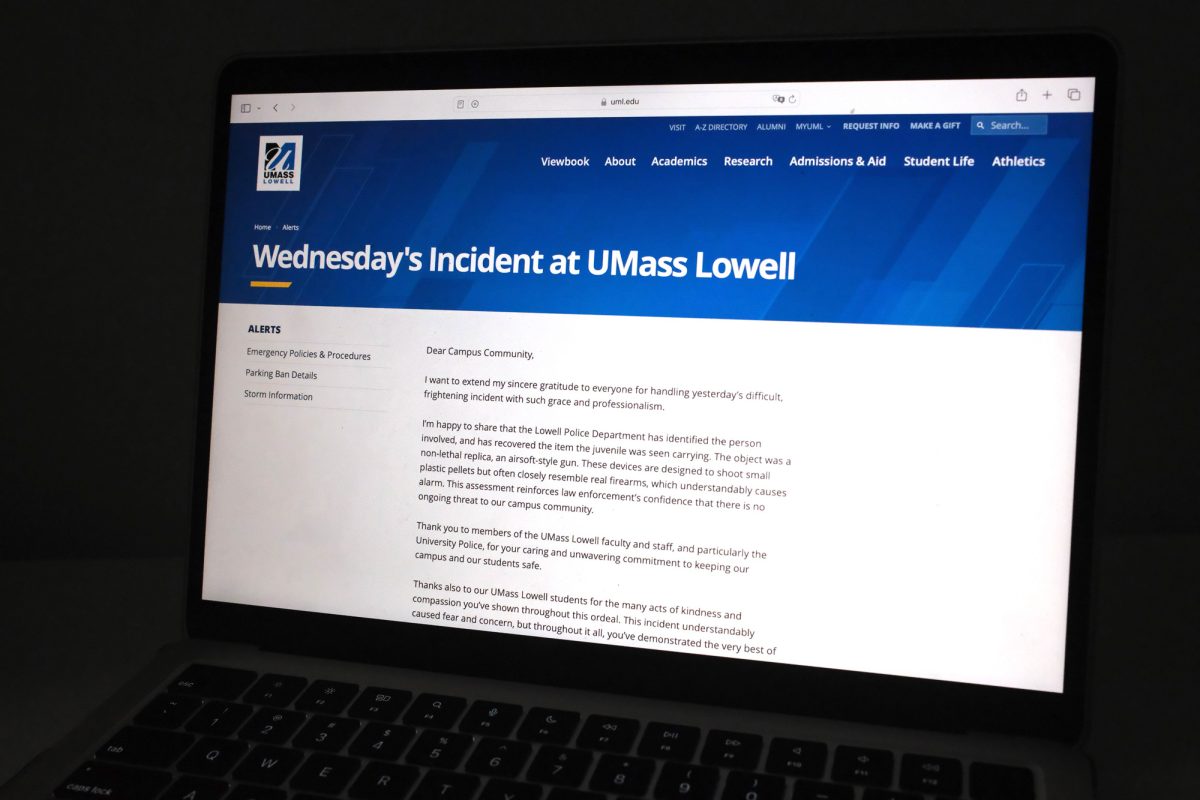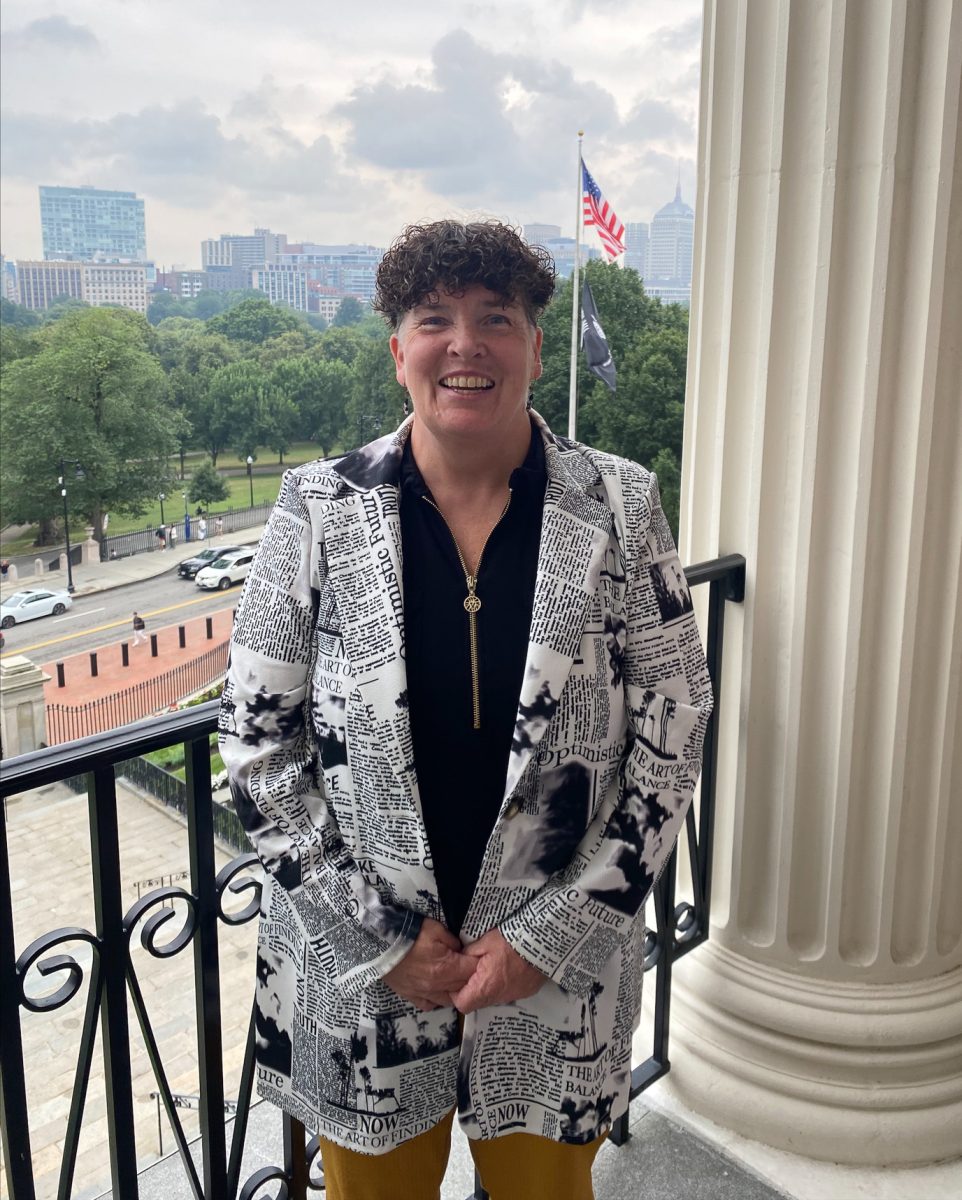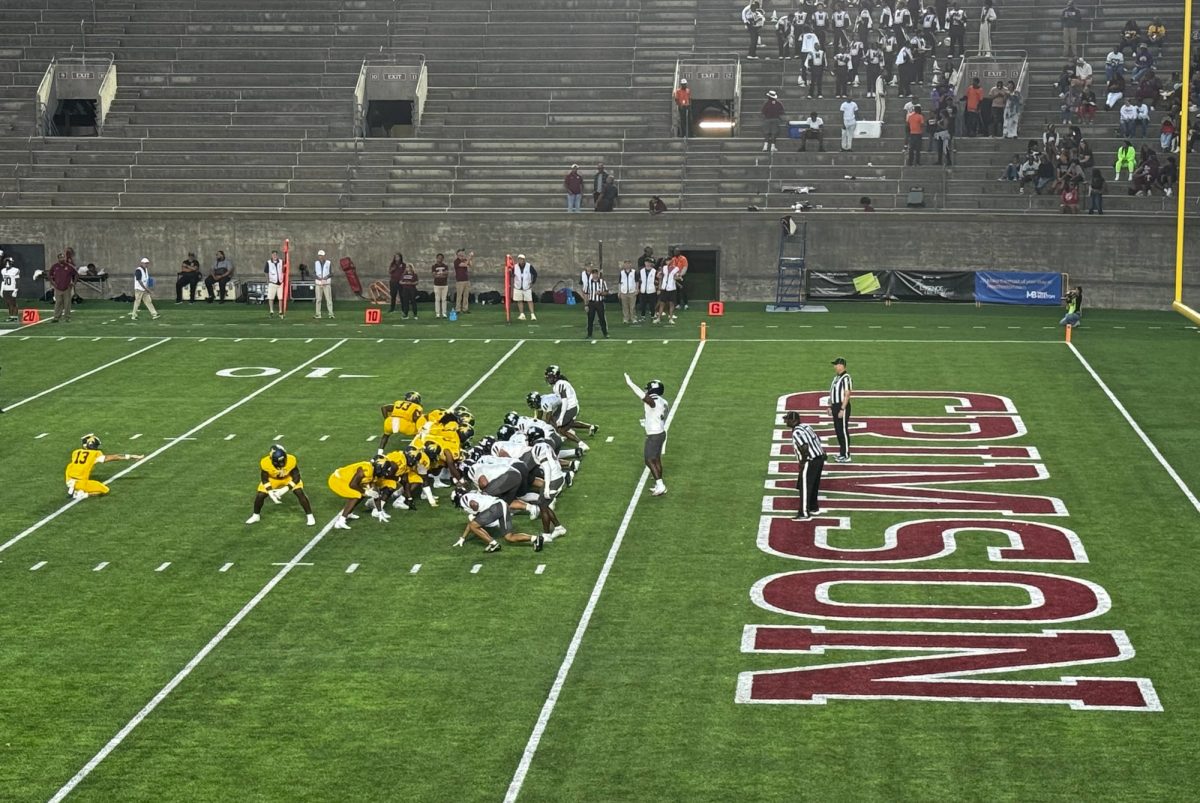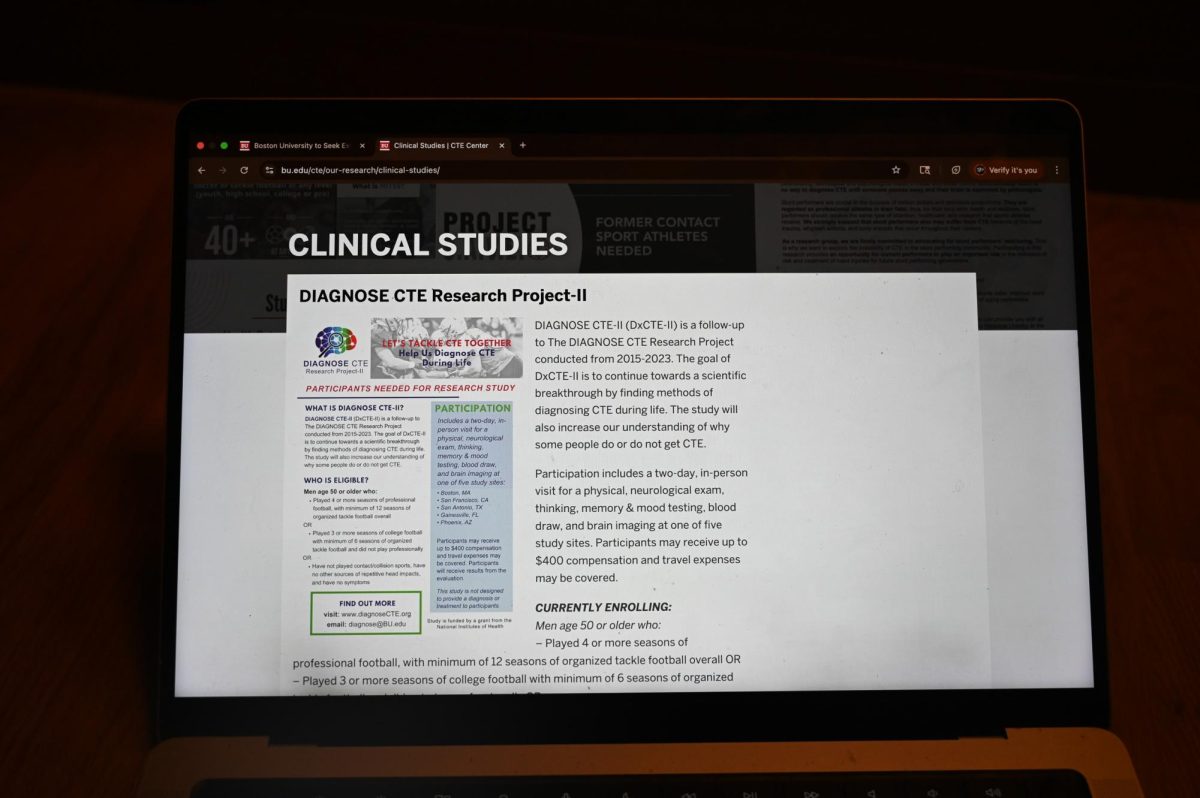As a source of many heated debates, marijuana legalization has been a controversial yet compelling topic in both academia and the general public.
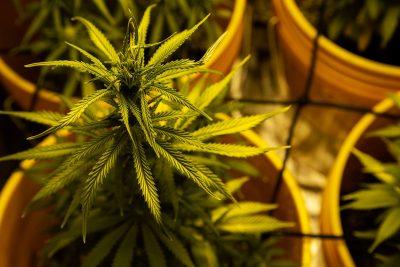
Boston University School of Law hosted a three-day virtual conference — “Marijuana Law 2020: Lessons from the Past, Ideas for the Future” — engaging scholars across the country for a roundtable discussion.
The eight panels, which ran from Nov. 12 to 14, were organized with different focuses on marijuana law, ranging from historical development to public health to social equity.
Emily Dufton, author of the book “Grass Roots: The Rise and Fall of Marijuana in America,” introduced Friday’s panel on the history of marijuana prohibition. Dufton said grassroots activism in the U.S. in the last 50 years continuously shifts how marijuana is legally regarded in the country.
“Pot laws exist on a pendulum that swings back and forth between demonization and acceptance,” Dufton said during the discussion. “It has done this a number of times, where it has swung between criminalization to decriminalization to legalization.”
In the 2020 general election, four states offered a question on their ballots for voters to choose whether to legalize recreational marijuana.
New Jersey, South Dakota, Arizona and Montana legalized recreational use this November. Dufton said this means that now, a total of 109 million Americans can legally use pot, either recreationally or medically.
In terms of social acceptance, however, Dufton said marijuana use has been predominantly associated with criminalization since the Richard Nixon administration.
“[Nixon] wants to stop rallies from forming on the [National] Mall but he can’t arrest dissenters because that’s the First Amendment,” Dufton said. “Instead, he starts trying to find another way where he could essentially penalize countercultural activists, and he realizes that by passing drug legislation, that is one way to nail his dissidence.”
Panelist George Fisher, a law professor at Stanford Law School, said mapping out these key historical moments of American anti-cannabis laws enacted by various states is also important in understanding marijuana’s current status.
The first five states to ban cannabis were Massachusetts in 1911, followed by Wyoming, Indiana, Maine and California, all in 1913.
Fisher said this criminalization of marijuana, however, was vague in how it characterized the drug.
“None of them in the law refer to marijuana, they refer to cannabis,” Fisher said.
Seth Blumenthal, a senior lecturer in the College of Arts and Sciences Writing Program, teaches two undergraduate classes about marijuana.
Blumenthal said examining the ethics and inequalities behind the marijuana industry is key to understanding the legal consequences and history of the drug.
“Cannabis is a popular topic for young people especially, and I think maybe they’re surprised to learn how weird and complicated it is,” Blumenthal said. “It raises some big issues around things that maybe we haven’t been able to be specific about.”
One main issue with cannabis prohibition laws is “white privilege” and how such criminalization targets minorities at a disproportionate rate, Blumenthal said.
Teaching students about marijuana and holding conversations about the drug, he said, combats a societal taboo.
“We’ve seen how cannabis has been normalized in business, in medicine and in different places, even in government,” Blumenthal said. “I think it’s also important to normalize it in academics, that it’s a topic like any other.”

